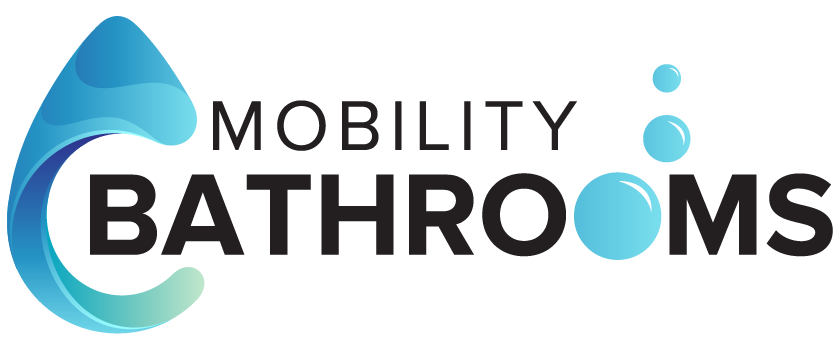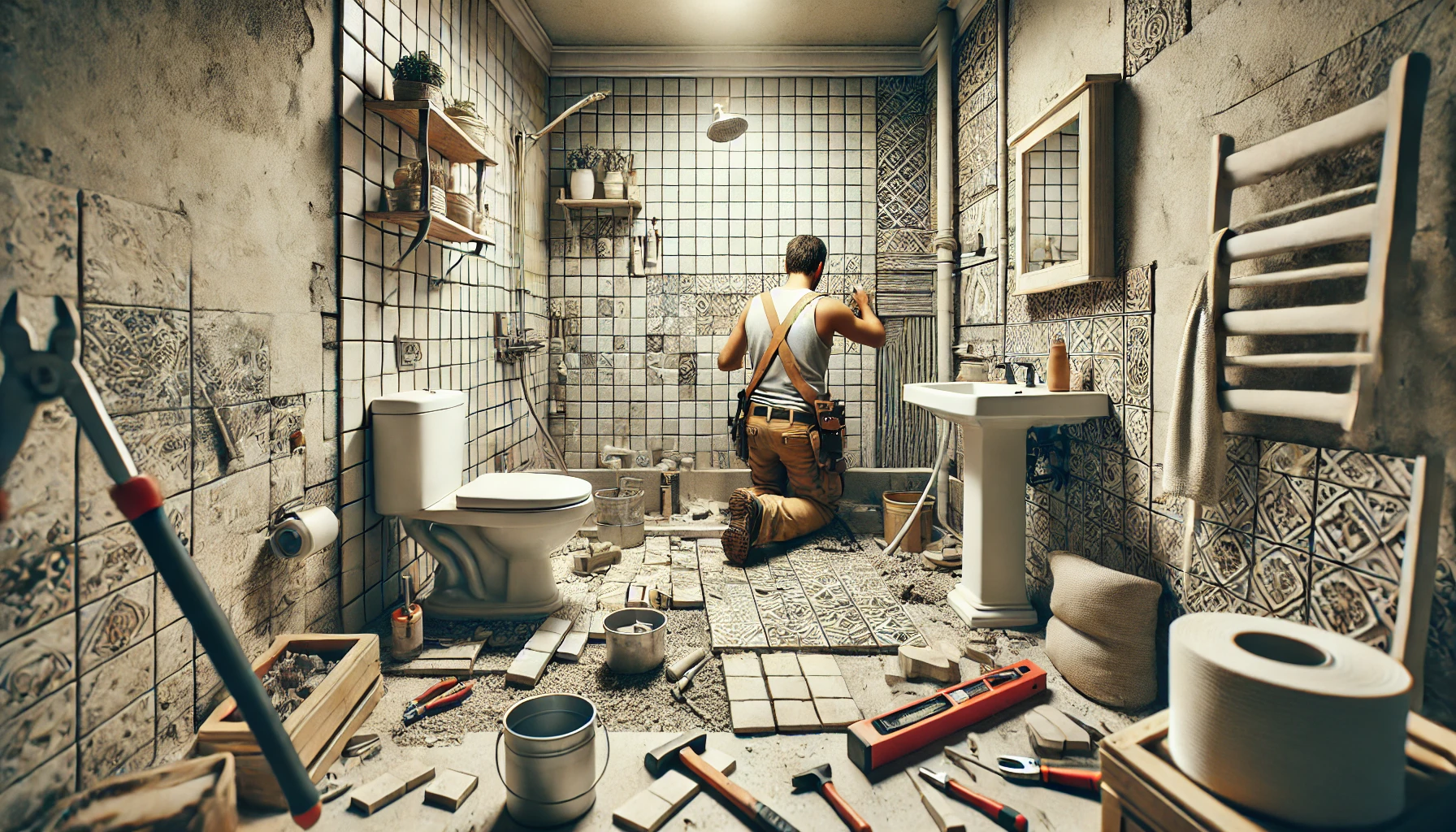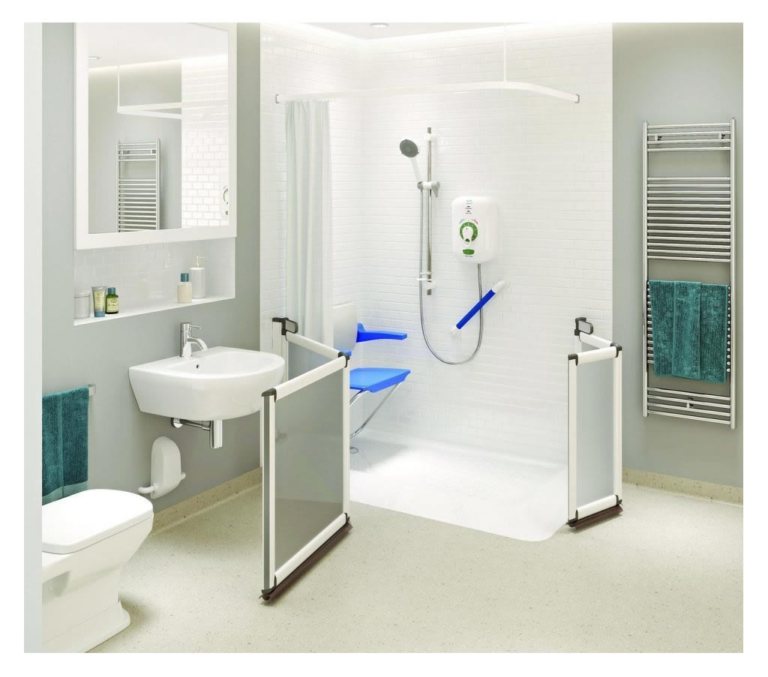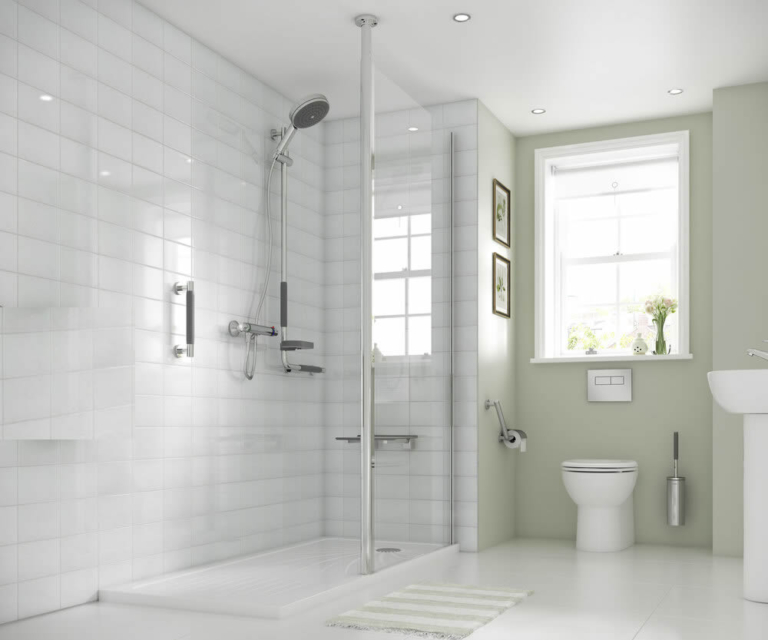How much does it cost to renovate a small bathroom UK
If you are contemplating a small bathroom renovation in the UK and are uncertain about the associated costs, this discussion will delve into the average cost of such projects in the UK, the factors influencing these costs, and strategies for effectively planning and budgeting for your renovation.
This examination will cover the itemised costs of materials and labor, as well as the advantages and disadvantages of undertaking a do-it-yourself approach versus hiring a professional. Our aim is to furnish you with valuable insights that can guide you in making well-informed decisions, thus steering clear of expensive pitfalls.
Furthermore, you can anticipate practical advice on cost-saving measures and a comprehensive list of common errors to be wary of when embarking on a small bathroom renovation project.
The Average Cost of Bathroom Renovation in the UK
The cost associated with renovating a small bathroom in the United Kingdom can show significant variation based on various factors. These factors include the scope of the renovation, the materials used, and the intricacy of the tasks involved. Generally, the cost of renovating a small bathroom in the UK falls within the range of £2,500 to £7,000.
Factors that Affect the Cost
Several variables can have a significant impact on the expenses associated with the renovation of a small bathroom. These factors include the quality of materials chosen, the complexity of plumbing tasks, and labour costs.
The selection of materials is a critical determinant of the overall renovation expenditure. Opting for premium tiles, fixtures, and fittings can lead to a considerable increase in costs, whereas choosing more budget-friendly alternatives can help in cost containment.
The intricacy of plumbing work, such as the relocation of existing pipes or the installation of new drainage systems, can contribute to the total project costs. Engaging the services of experienced contractors for these aspects is recommended, as they possess the necessary expertise to manage plumbing and fixture enhancements effectively. This helps ensure that the work is completed accurately and within the designated budget.

Planning and Budgeting for a Small Bathroom Renovation
The planning and budgeting process for a small bathroom renovation necessitates meticulous consideration of the project’s scope, precise estimation of costs, and a pragmatic timeline to guarantee a high-quality result.
Creating a Realistic Budget
Developing a pragmatic budget for a small bathroom renovation requires thorough consideration of all potential expenditures, encompassing materials, labour, and any unforeseen costs that may arise during the project. To ascertain costs accurately, begin by conducting research on the prices of various materials and services essential for the renovation. Compile a comprehensive inventory of all necessary items and request quotes from multiple suppliers and contractors to determine the most competitive prices available. Consider additional expenses such as permissions, duties, and delivery charges. It is essential to allocate a contingency fund to deal with any unexpected events that may occur during the renovation process. Through careful planning and preparedness for all possible expenses, one can ensure the completeness and practicality of the budget.
Cost Breakdown of a Small Bathroom Renovation
An itemised cost analysis of a small bathroom renovation encompasses expenditures for materials, including tiles, fixtures, and plumbing, as well as labour expenses for contractors and skilled tradespeople.
Materials and Labour Costs
The costs associated with materials and labour can constitute a significant portion of the budget allocated for a small bathroom renovation. Essential materials such as tiles, fixtures, and plumbing components often exhibit price variations based on their quality and brand. The selection of appropriate materials is fundamental in achieving the desired aesthetic and functionality while adhering to budgetary constraints.
Regarding tiles, the available options span from cost-effective ceramic tiles to luxurious natural stone tiles, each exerting an influence on the overall expenditure. Similarly, the choice of fixtures including taps, showers, and basins can have a significant impact on the project costs.
Labour costs incurred for professional services, such as those provided by plumbers and contractors, fluctuate according to their level of expertise and geographical location. For an accurate estimation of labour expenses, it is imperative to take into account the project’s scope, prevailing hourly rates, and any additional charges pertaining to unforeseen complications.

DIY vs Hiring a Professional
In the decision-making process between opting for a DIY bathroom renovation or enlisting the services of a professional contractor, it is imperative to evaluate the possible financial savings alongside the level of craftsmanship and intricacy involved in the project.
Pros and Cons of Each Option
The advantages of undertaking a do-it-yourself (DIY) bathroom renovation encompass the potential for cost savings and the personal satisfaction derived from completing the project independently. Conversely, the drawbacks may entail a lack of professional-grade finishing and an increase in the overall time and stress involved in the process.
From a positive perspective, engaging in the renovation on a DIY basis can confer a sense of achievement and give the power to you to retain full control over the design and execution of the project. DIY renovations often afford greater flexibility in terms of scheduling and customisation, given that you can proceed at your own pace. However, it is important to acknowledge that the final outcome’s quality may not match that of professional craftsmanship, potentially impacting the space’s overall value and functionality. The stress and time commitment associated with a DIY renovation could potentially outweigh the initial cost savings.
Tips for Saving Money on a Small Bathroom Renovation
Incorporating effective cost-saving measures throughout a minor bathroom renovation can help stick to a set budget without compromising the achievement of a high-quality outcome.
Cost-Saving Strategies
Cost-effective strategies for a small bathroom renovation encompass the utilization of budget-friendly materials, the execution of select tasks independently, and the meticulous planning of the project to mitigate superfluous expenditures.
An efficient approach to economising on a bathroom renovation involves monitoring promotions at home improvement establishments, where discounted tiles, fixtures, and paint can frequently be obtained. It is advisable to explore online marketplaces or local charity shops for pre-owned items like mirrors, vanities, or light fixtures, which can be restored or repurposed at a fraction of the expense of new acquisitions. Undertaking simpler tasks such as wall painting or shelf installation personally can also substantially curtail labor expenses.
By establishing a pragmatic budget, adhering to it rigorously, and prioritizing fundamental updates, one can effectively oversee renovation costs while achieving a revitalised and sophisticated bathroom.
Common Mistakes to Avoid
Having a comprehensive understanding of typical errors in bathroom renovation projects is crucial for preventing costly mistakes and ensuring that the renovation of your small bathroom stays within budget and on schedule.
Costly Errors to Watch Out For
Common mistakes to be mindful of during a small bathroom renovation project encompass undervaluing the budget, selecting subpar materials, and inadequately planning for the endeavour.
To prevent budget underestimation, it is imperative to incorporate all potential expenses from the outset, encompassing labour costs, material expenditures, permit fees, and unforeseen outlays.
While initially appearing as a cost-effective choice, opting for low-quality materials can result in frequent maintenance and replacements, ultimately leading to higher expenses.
Effective planning entails developing a comprehensive timeline, assessing the layout, dimensions, and functionality of the space, and seeking guidance from professionals to ensure comprehensive consideration of all aspects.
By preemptively identifying these potential pitfalls and implementing proactive measures to alleviate them, one can navigate a small bathroom renovation project seamlessly and in a cost-effective manner.







